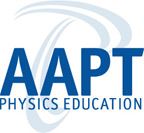- Home
- What We Do
- Laboratory Immersions
- Immersions 2022
- Imm2022Swarthmore_PhysicsMedicine
Swarthmore College, Swarthmore PA
The Physics of Medicine and the Human Body
Dates: June 14, 2022 to June 16, 2022
Number of setups
available: 3
Maximum
number of participants: 6
------------------------------------------------------------------------------------------------------------------------------------------
Physics has transformed modern medicine. At Loyola University Maryland, we have developed a biomedical physics minor and two courses: one on diagnostic and therapeutic techniques in medicine, and the other on sport and biomechanics. This Immersion will cover an important technique in nuclear medicine known as gamma camera imaging (GCI) and topics in biomechanics. The material can be adapted for different levels from introductory physics to advanced lab.
Diagnostic nuclear medicine involves injection of drugs labeled with radionuclides into the human body. These drugs, called tracers or radiopharmaceuticals, are chosen to become localized in specific target tissues and provide information for a wide range of diseases. When the tracer emits gamma rays, they are detected by a gamma camera (also known as Anger camera), which produces a two-dimensional image of the three-dimensional spatial distribution of the tracer. The image reveals information about tissue function and biological processes underlying disease. Radionuclide imaging laboratories are now found in almost every hospital in the US.
For most undergraduate programs, the cost of a real gamma camera is prohibitive, and it is not feasible for a large class of untrained students to work with radioactive materials. We therefore designed two types of apparatus that use visible light to model the key physical principles of GCI. We have enriched lectures and reading with experimentation, demonstrations, paper-and-pencil and computer activities. The apparatus for the collimator and detection system are shown in Fig. 1. This Immersion will spend 1+ days on GCI, covering the basic principles and relating the material to the medical apparatus.
A deeper appreciation of the human body is achieved with an understanding of physics principles. The second half of the Immersion will be devoted to biomechanics topics. I have selected three topics that I have found to be useful for building understanding. The first topic will be the dissection of a chicken quarter. This activity, which is beneficial for any type of STEM student, illustrates the parts of the body that enable it to move: muscles, tendons, ligaments, cartilage, knee joint. The second topic will cover mechanical models of the arm and leg, and a survey of applications of torque analysis to other parts of the body such as the back and neck. The materials for the arm will span intro to intermediate levels. The third topic will show how modeling can be used to understand the effects of the musculoskeletal structure of an athlete on the optimum release angle of a shot put. This activity is more suitable for intermediate to advanced students and requires comfort with Excel, Mathematica, or some other software package capable of plotting.
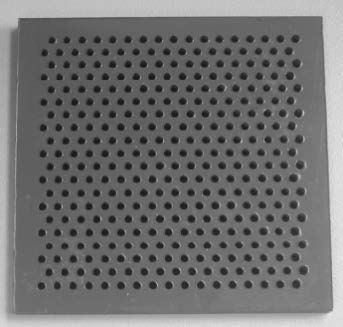
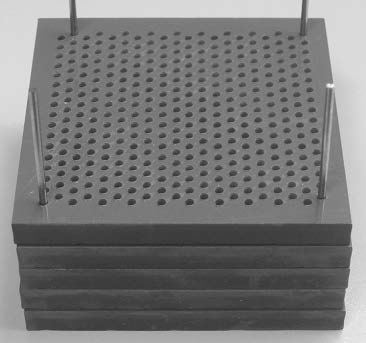
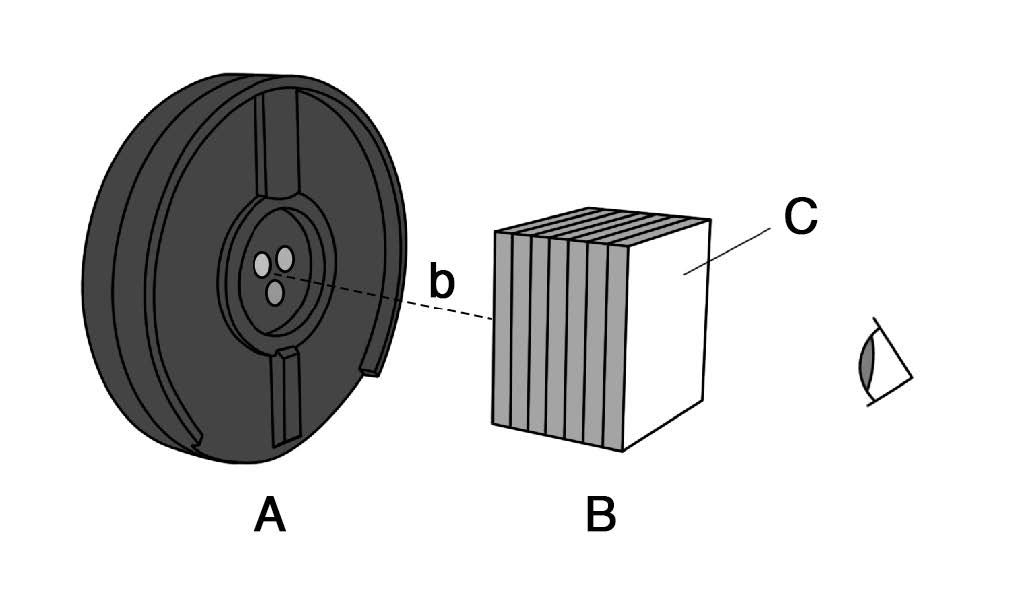
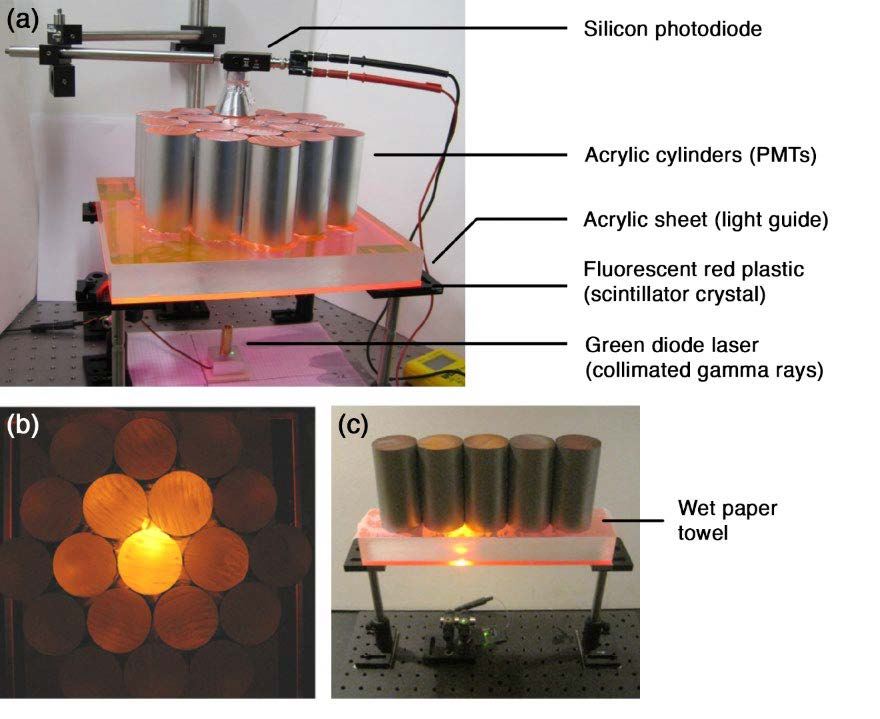
Figure 1: Gamma camera teaching apparatus. (Top) Collimator. (Bottom) Detection system.
Equipment and supplies that should be brought to the program by the participants: All items for the Immersion will be provided by the mentor. It would be helpful if participants could bring their own laptop. Internet access will be available.
Safety considerations: The green laser should not be aimed at the eyes. Be careful with reflections.
Cost estimate:
Gamma camera teaching apparatus: A pdf file shows the costs. There is a lot of variability in costs based on what you decide to incorporate in your course.
Dissection of chicken quarter: The chicken is purchased from the supermarket. Ideally you should use dissection tools, which could be borrowed from the biology department. If dissection tools are not available, you could use a knife and fork but they are more cumbersome.
Pasco arm model ($640). It uses the Pasco force sensor ($129) and the Pasco interface and software (variable price depending on what you buy).
Denoyer biomechanical leg kit ($469). We modified it to use a better spring.
 Mentors: Mary Lowe
Mentors: Mary Lowe
Please note that the Jonathan F. Reichert Foundation has established a grant program
to help purchase apparatus used in Laboratory Immersions. Limitations
and exclusions apply, but generally speaking the Foundation may support
up to 40% of the cost of the required equipment.





